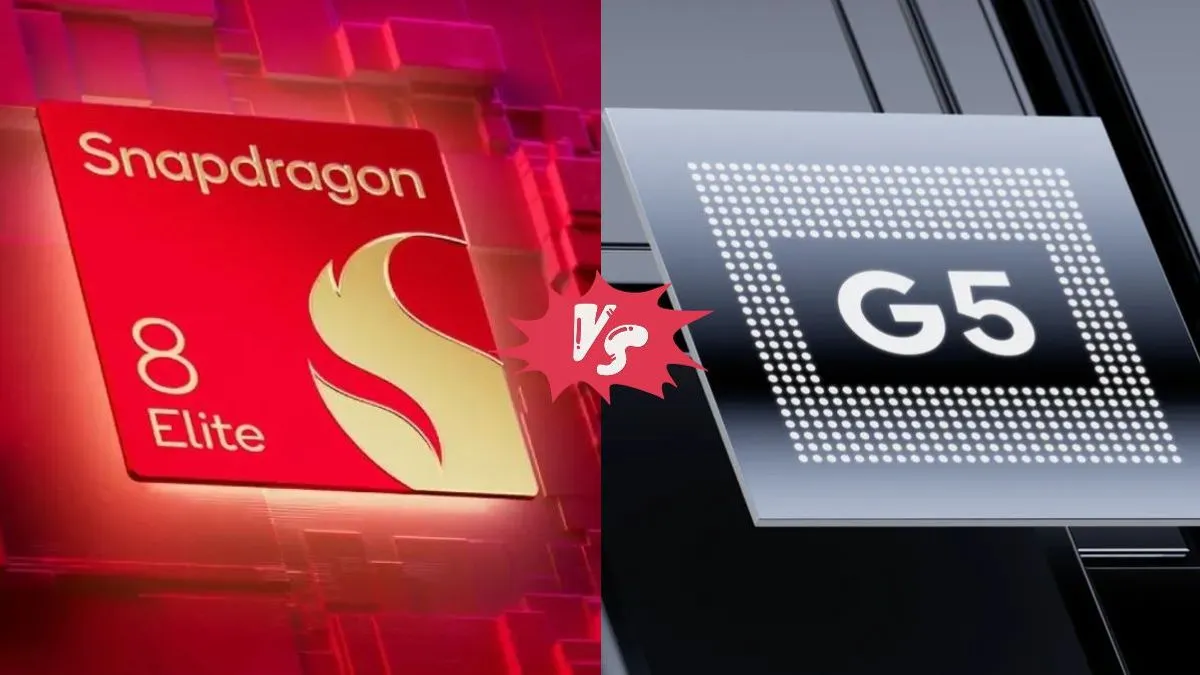

Redmagic’s newest gaming smartphone illustrates just how powerful Qualcomm’s latest chip is — quite literally.
Upon viewing the initial benchmarks for the Snapdragon 8 Elite Gen 5, I anticipated it would be a powerhouse of a mobile processor. Nevertheless, these evaluations don’t typically reflect real-world usage since they’re conducted on reference models optimized for maximum performance, so I decided to wait and examine whether there would be any discernible difference on consumer-grade devices powered by the Snapdragon 8 Elite Gen 5.
Although there was a slight delay, I was able to achieve this, thanks to the Redmagic 11 Pro. This phone is among the first devices to showcase the Snapdragon 8 Elite Gen 5, serving as a reliable gauge of what the Qualcomm chipset can do, and after a week of rigorous testing and daily usage, it’s clear that this is the fastest mobile processor available at present.
While I’m providing performance data from the Redmagic 11 Pro, it’s not the sole device powered by Qualcomm’s latest silicon I have available — there are two other phones I’ve been testing alongside it, but since they haven’t been released yet, I’m unable to discuss them at this time. It’s worth noting that their performance aligns with that of the Redmagic 11 Pro, with no significant differences observed in synthetic tests.
Examining Geekbench 6 single-core results, the Redmagic 11 Pro surpasses its predecessor by 13%, with a 9% improvement in multi-core scores. The year-on-year increase in 3DMark scores is smaller, but it remains consistent with the enhancements Qualcomm has introduced with each new generation over the past three years.
Interestingly, there’s only a 5% difference between the Redmagic 11 Pro and the MediaTek Dimensity 9500-powered Vivo X300 Pro, highlighting just how impressive the latest Arm cores are this year — they can compete effectively against Qualcomm’s custom designs. A similar scenario occurs with 3DMark, where the ray tracing-capable Solay Bay test sees both the Redmagic 11 Pro and Vivo X300 Pro performing equally.
However, there’s a notable issue: overheating. The Snapdragon 8 Elite Gen 5 manages to get hotter than the Snapdragon 8 Elite, which I thought was unfeasible. This difference is apparent while gaming, and even with liquid cooling in a phone like the Redmagic 11 Pro, the device’s temperature rose to a level that made it uncomfortable to hold.
In fact, the Redmagic 11 Pro shut down during the 3DMark’s Steel Nomad Light stress test due to overheating, even with the built-in fan operating at maximum and liquid cooling activated. I experienced the same problem with another Snapdragon 8 Elite Gen 5 device that I’m evaluating, indicating that Qualcomm must address this issue.
The problem isn’t as severe in typical gaming situations, yet the Redmagic 11 Pro surpasses 52 degrees during prolonged play, running a few degrees hotter than its predecessor. To provide context, I encountered none of these concerns with the Vivo X300 Pro, which maintained temperatures below 45 degrees during extended gaming sessions.
What’s the remedy? Most Android manufacturers are likely to implement a more conservative thermal limit that throttles the Qualcomm silicon before it reaches overheating levels. This is what I’ve noticed in most 2025 models powered by the Snapdragon 8 Elite, and there’s really not much else that can be done to handle the heat.
Even in phones equipped with specialized thermal management systems, there isn’t enough surface area to effectively dissipate the heat produced by the chipset, so all manufacturers resort to some level of throttling. It’s almost assured that we will witness the same in 2026 flagship models — at least those utilizing Qualcomm.
So, while Qualcomm once again boasts the fastest mobile processor, it’s a bittersweet triumph. The overheating dilemma dampens the enthusiasm surrounding the Snapdragon 8 Elite Gen 5, and it appears the Dimensity 9500 is shaping up to be a more balanced platform this round.